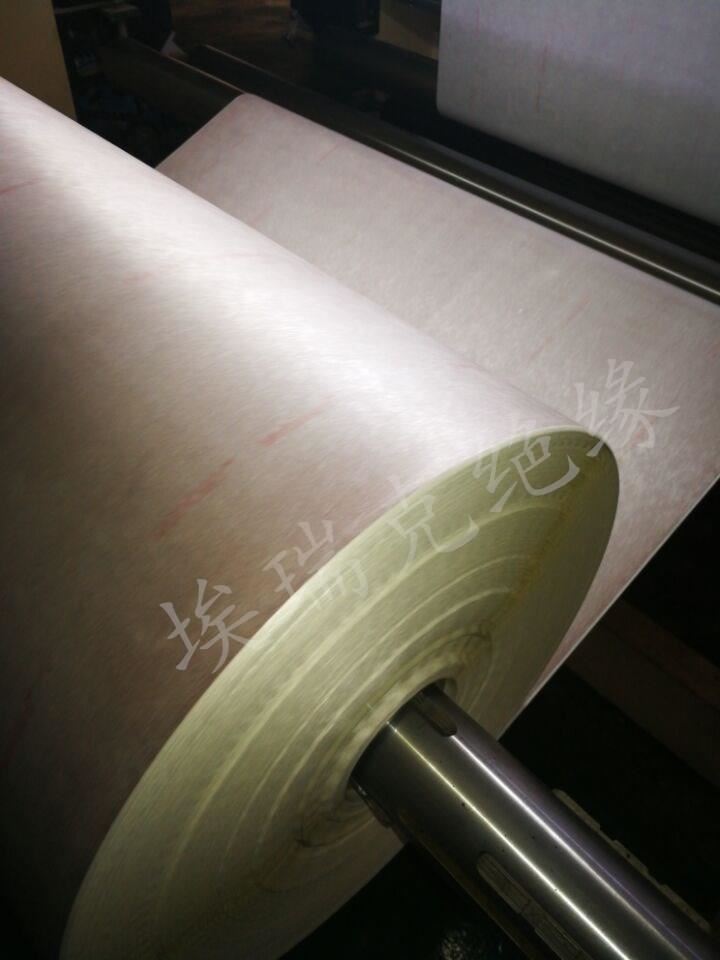Exploring the Factors Influencing the Insulation Performance of NHN Insulation Paper
NHN insulating paper is composed of a layer of polyimide film and Nomex1 paper (DuPont paper) (see below) on both sides. Its heat resistance grade is H (180 ℃). It is a composite insulating material with good mechanical properties. However, under the influence of some factors, its insulation performance cannot be fully utilized. Below, we will explore the specific factors that affect its performance.
1. Flame resistance: refers to the flame resistance of NHN insulation paper when facing flames and its self-extinguishing performance when leaving flames. With the increasing application range of insulation materials in today's society, the requirements for their flame resistance are also becoming increasingly strict. Relevant professionals have also been experimenting with different materials to increase the flame resistance of insulation materials. The higher the flame resistance of insulation materials, the higher their safety.
2. Mechanical strength: refers to the ultimate strength that NHN insulation paper can withstand under corresponding pressure. This experiment is also a representative experiment in the performance testing of NHN insulation paper.
3. Arc resistance: The ability of NHN insulation paper to withstand the arc action on its surface under rated voltage conditions. In the laboratory, AC high voltage and small current are mainly used to test the arc resistance by determining the time required to form a conductive layer on the surface of NHN insulation paper. The longer it experiences, the better its arc resistance performance.
4. Tightness: It has a high degree of airtightness against liquid objects. Has good mechanical strength and voltage resistance. Its surface is smooth, ensuring that it is fault-free during use.
Because NHN insulation paper has good performance, it is mainly used for slot to slot, slot cover, and phase to phase insulation of high heat resistant motors. In addition, it can also be used as interlayer insulation for transformers or other electrical appliances.

